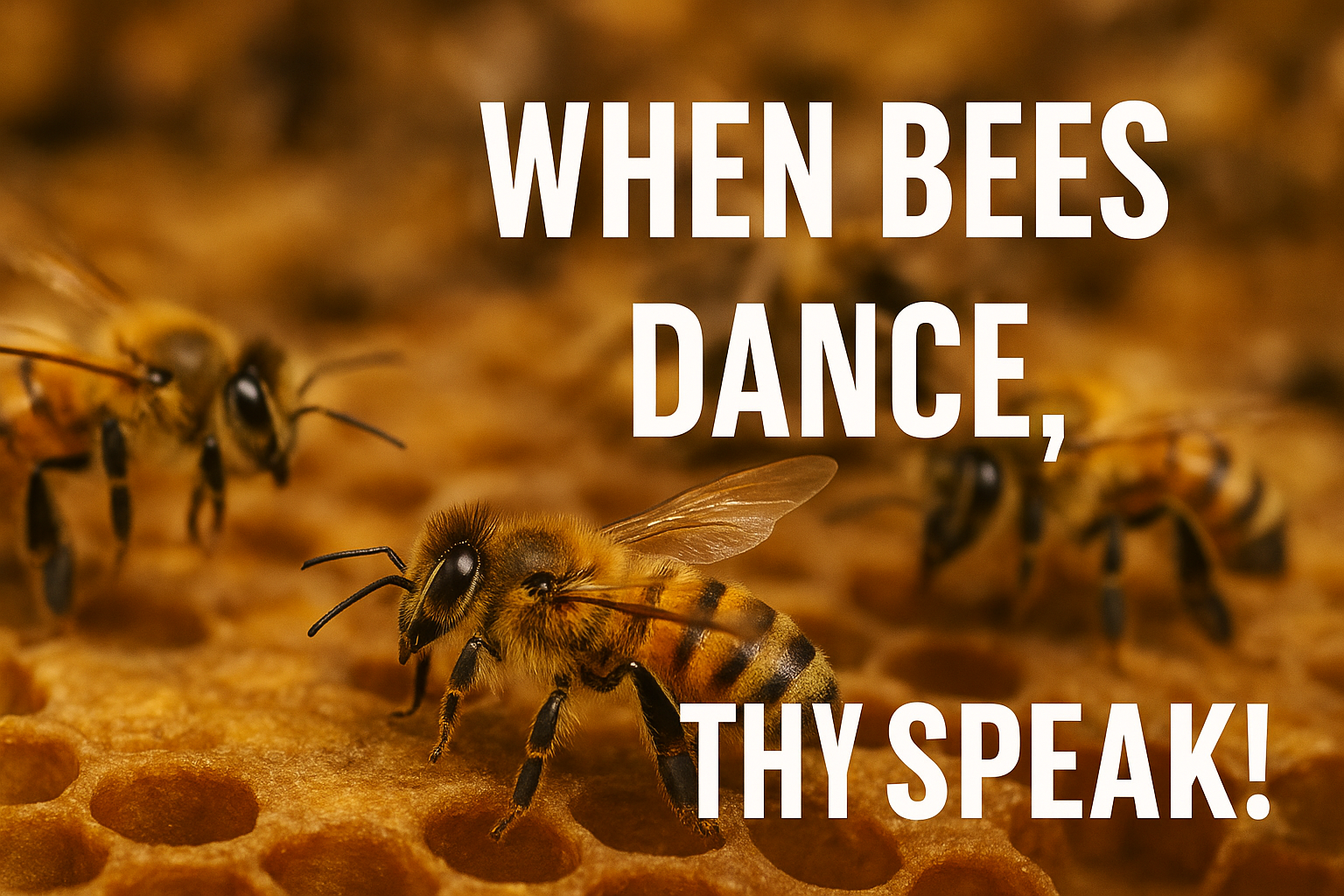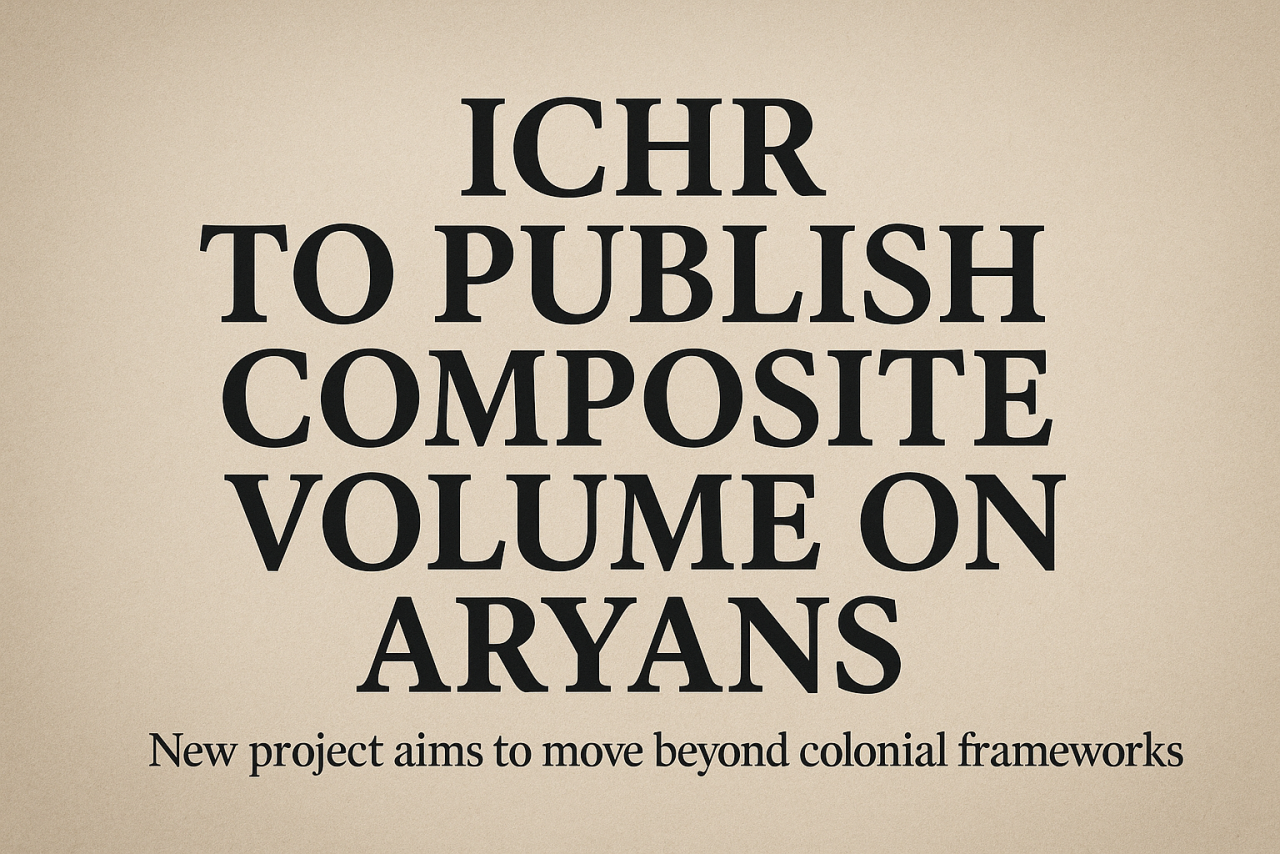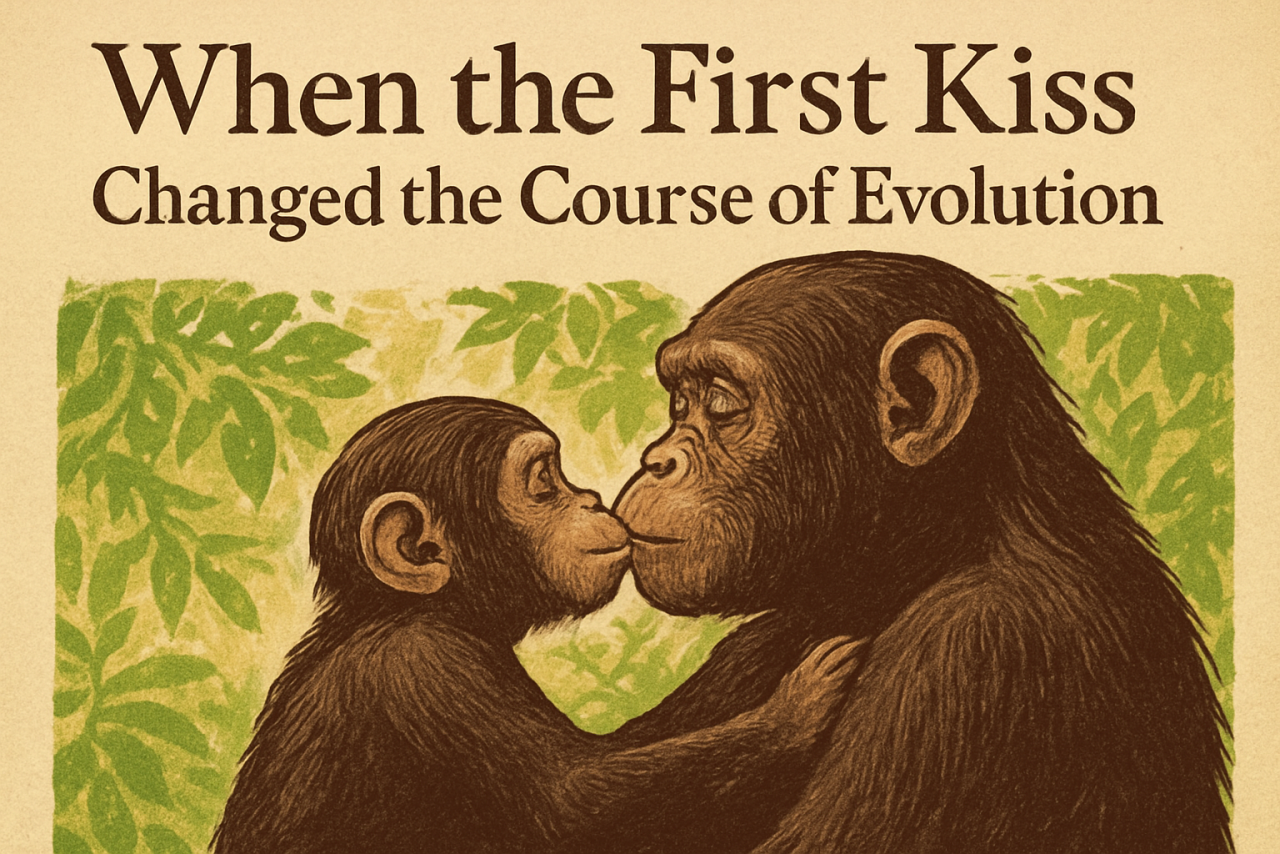
Bees are among the most fascinating creatures in the natural world. They live in large colonies, build perfect hexagonal hives, and produce honey that has been valued for centuries. Yet one of the most remarkable features of bees is not their honey but their ability to communicate. Unlike humans, bees do not use spoken words. Instead, they use movement. This system of communication, often called the “dance language,” allows bees to share vital information about food sources with their fellow workers.
The Discovery of the Dance Language
The dance language of bees was first studied in detail by Austrian scientist Karl von Frisch in the 20th century. His experiments showed that honeybees could convey the direction and distance of nectar sources through specific patterns of movement inside the hive. For his groundbreaking work, von Frisch received the Nobel Prize in Physiology or Medicine in 1973. His research proved that animals, too, could develop complex communication systems that were not based on sounds.
Why Do Bees Dance?
Bees live in colonies that may contain 40,000 to 60,000 members. In such large communities, coordination is essential. Worker bees act as foragers, searching for nectar and pollen. Once they find a rich source, it is not enough to collect food alone. They must also inform others, so the colony can gather resources efficiently. This is where the dance comes in. By dancing, a bee can direct its sisters to a food patch even several kilometers away. This ensures that the hive survives and thrives.
Types of Bee Dances
Scientists have observed two main types of dances: the round dance and the waggle dance.
- Round Dance: When a food source is located within about 50 to 100 meters of the hive, the bee performs a round dance. It moves in small circles and loops. This tells the other bees that nectar is close, but it does not indicate the exact direction. Instead, the recruits search nearby until they locate the flowers.
- Waggle Dance: For food sources farther away, bees use the waggle dance. This dance is more complex and contains detailed information. The bee moves in a figure-eight pattern, waggling its body while running through the middle line of the figure. The direction of the waggle run indicates the angle of the food source in relation to the sun. The length of the waggle run shows the distance. For example, a longer waggle means a farther source. This precise communication is what makes the bee language so remarkable.
The Role of the Sun
The waggle dance is always performed in reference to the position of the sun. Bees are able to use the sun as a compass, even on cloudy days. They rely on the polarization pattern of light in the sky, which humans cannot see. This allows them to stay accurate while guiding their sisters. Such sensitivity to natural cues shows the high level of adaptation that bees have developed over millions of years.
Importance of the Dance for Survival
The dance language is not just a curious behaviour. It is vital for the survival of the hive. With thousands of bees depending on shared resources, efficient communication prevents wastage of time and energy. Studies have shown that hives where foragers use the waggle dance gather more nectar than hives without this system. In this way, the dance directly affects the strength and health of the colony.
What Scientists Learn from Bees
Research into bee communication has provided insights beyond the world of insects. The dance language has shown biologists that animals are capable of symbolic communication. Unlike random signals, the waggle dance carries abstract meaning. It is one of the very few examples in the animal kingdom where spatial and directional information is shared through movements. This has also inspired scientists in robotics and computer science, where algorithms for swarm intelligence are based on the way bees share information and make collective decisions.
Threats to Bee Communication
Modern challenges such as climate change, habitat loss, and pesticides pose dangers to bee populations. Studies suggest that certain chemicals can disrupt the ability of bees to navigate and perform dances. If bees cannot communicate effectively, their colonies weaken. Since bees are also major pollinators of crops, their decline can have serious effects on agriculture and food security for humans. Protecting bees, therefore, also means protecting their unique communication system.
Final Take
The dance of the bee is more than just a curious performance inside the hive. It is a sophisticated language that encodes direction, distance, and purpose. Through their dances, bees maintain order in large colonies and ensure survival in a world full of challenges. The discovery of this language opened a new chapter in our understanding of animal behaviour. For humans, it is a reminder that intelligence does not always come with words. Sometimes, it comes in the rhythm of wings and the waggle of a small, golden body dancing in the dark of the hive.





















